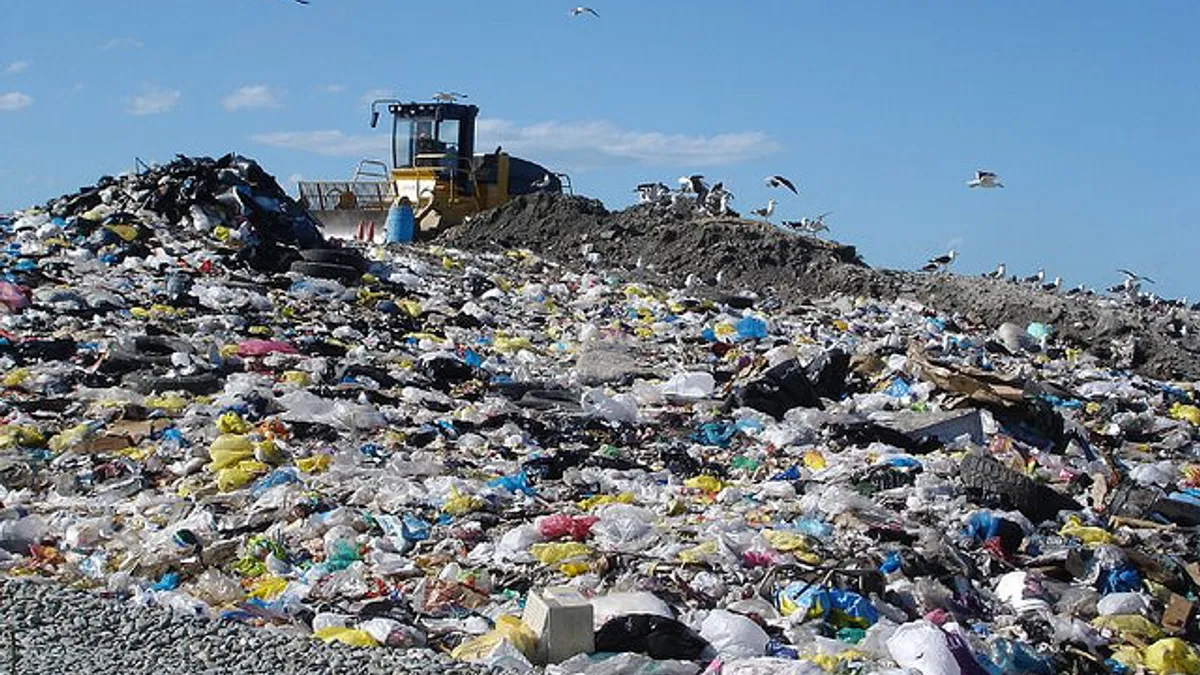UPDATE: In an interview with Waste360, Frank Caponi, head of air quality engineering for the Los Angeles County Sanitation District (LACSD), explained that a recent study examining the health effects of living near Italian landfills cannot be applied to conditions in the United States.
"The study goes through no detail of the environmental framework under which the landfills operate, nor does the study provide any indication of what type of environmental management takes place at these landfills," he told Waste360. "In my 35 years of experience in this industry, very few studies of this type are ever done because they are difficult to do and the results are hard to interpret. More specifically, it is hard to pick out the health impacts of one source from the background, especially in urban areas."
Caponi explained that U.S. landfills are much more regulated than those in Italy, therefore the risk of living near one is likely not as harmful. However he does imply that more relevant assessments of landfills in the United States may be useful.
Dive Brief:
- A new study published in the International Journal of Epidemiology has found a link between living near landfills and contracting respiratory diseases or lung cancer. Researchers studied the effects of living near nine landfills in Italy's Lazio region from 1996 to 2008. More than 242,000 people were involved.
- Participants living in areas with high levels of landfill emission exposure were 34% more likely to die from lung cancer than people living three miles away. People in these areas were also 30% more likely to die from other respiratory diseases.
- The study's authors stressed that the link to cancer is only a preliminary finding. "The link with respiratory disease is plausible and coherent with previous studies, whereas the association with lung cancer deserves confirmation," they concluded.
Dive Insight:
While troubling, the findings from this study can't be directly compared to other countries. As reported by the Huffington Post, the United Kingdom's Environment Agency said people living near landfills shouldn't be concerned because their country has different standards. This is also true for the U.S., which has moved toward increasingly strict rules for landfill management.
The main source of trouble in this case was hydrogen sulfide — often generated from decomposing organic waste. This was added to the EPA's Toxics Release Inventory list in 1993 because it was found to cause chronic health effects in humans. Though it often appears in very small quantities at U.S. landfills, the chemical makes its presence known with a distinct odor.
Some construction and demolition materials have been found to create more of it when exposed to organic waste as well. An Ohio landfill received multiple violations for elevated levels of the chemical last year and a Florida site recently agreed to spend money on new odor sensors for similar reasons.















